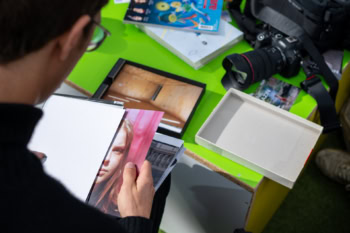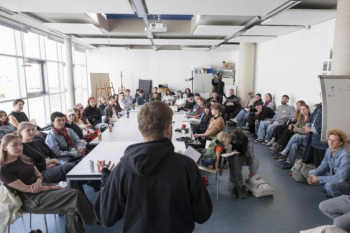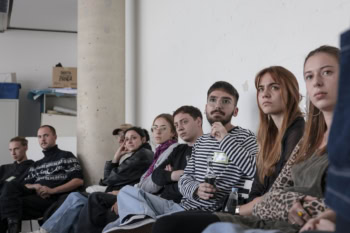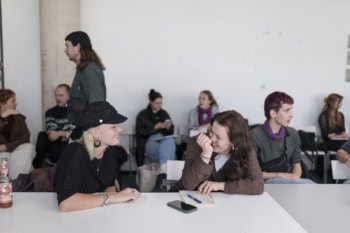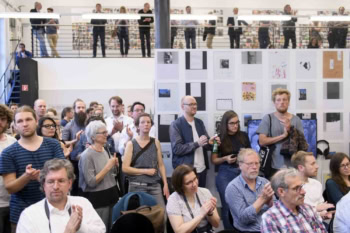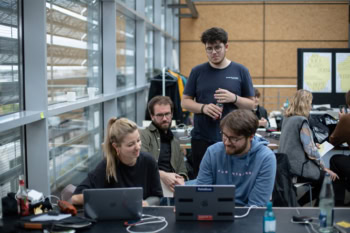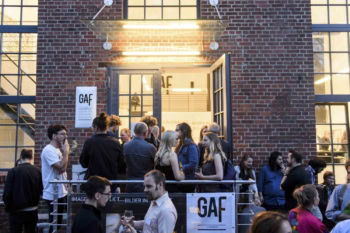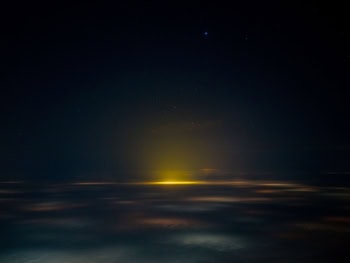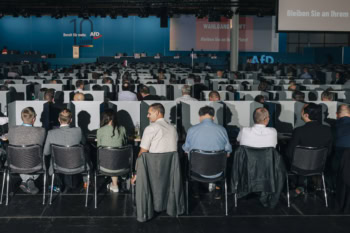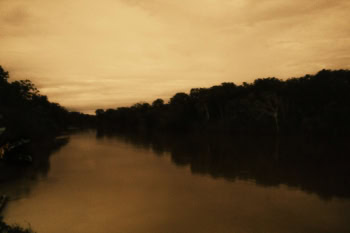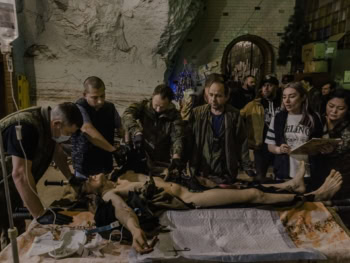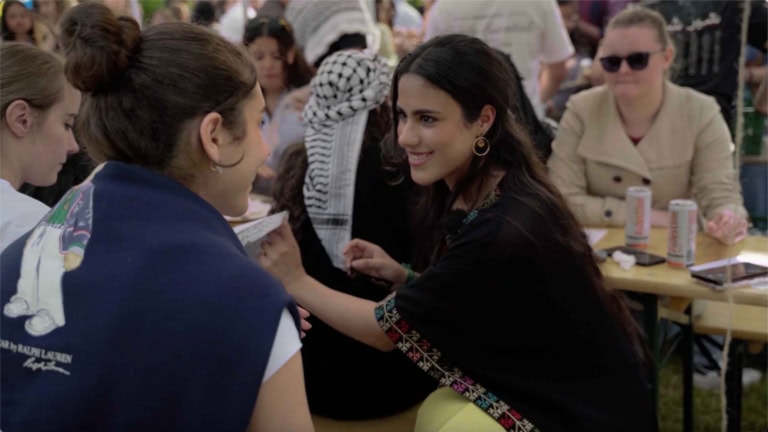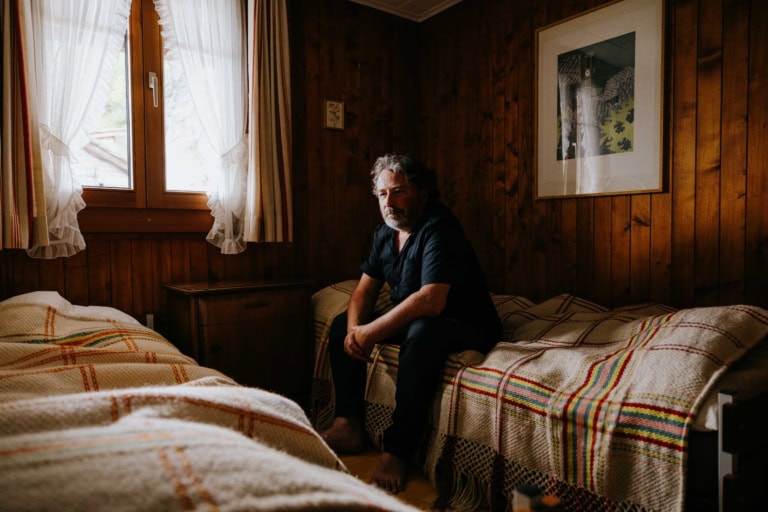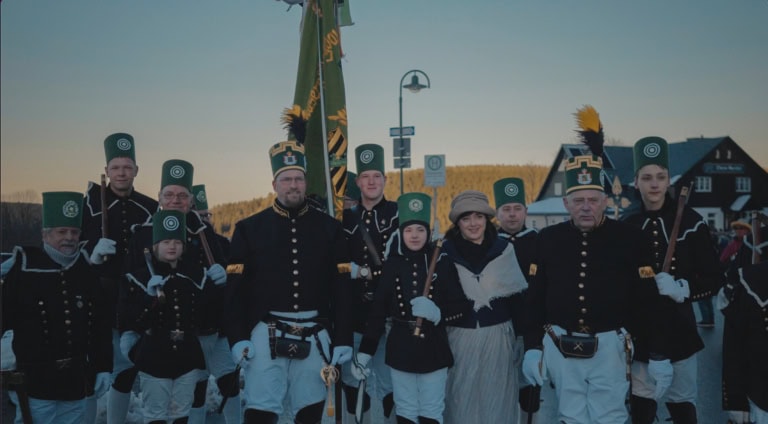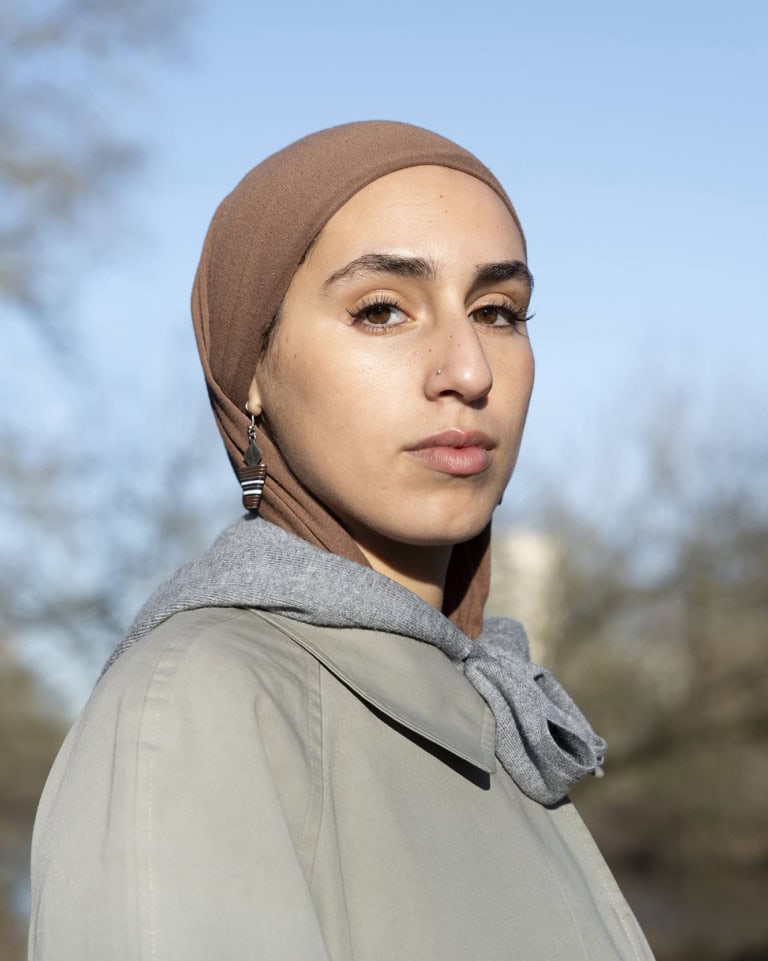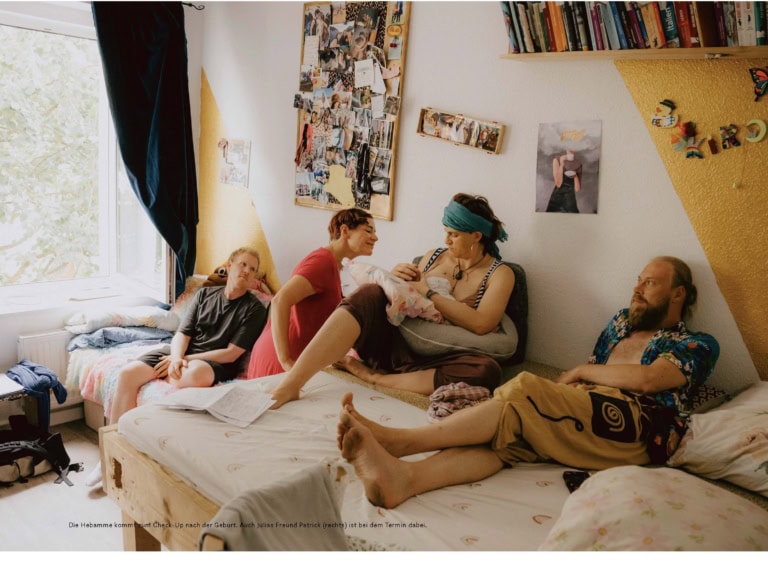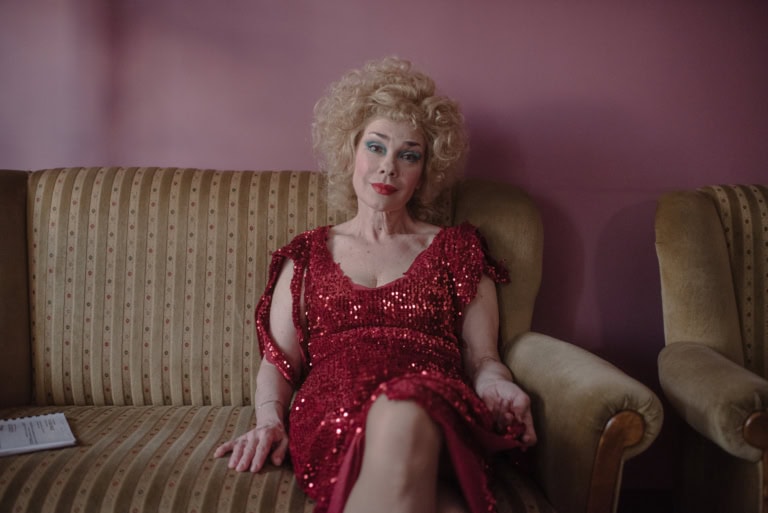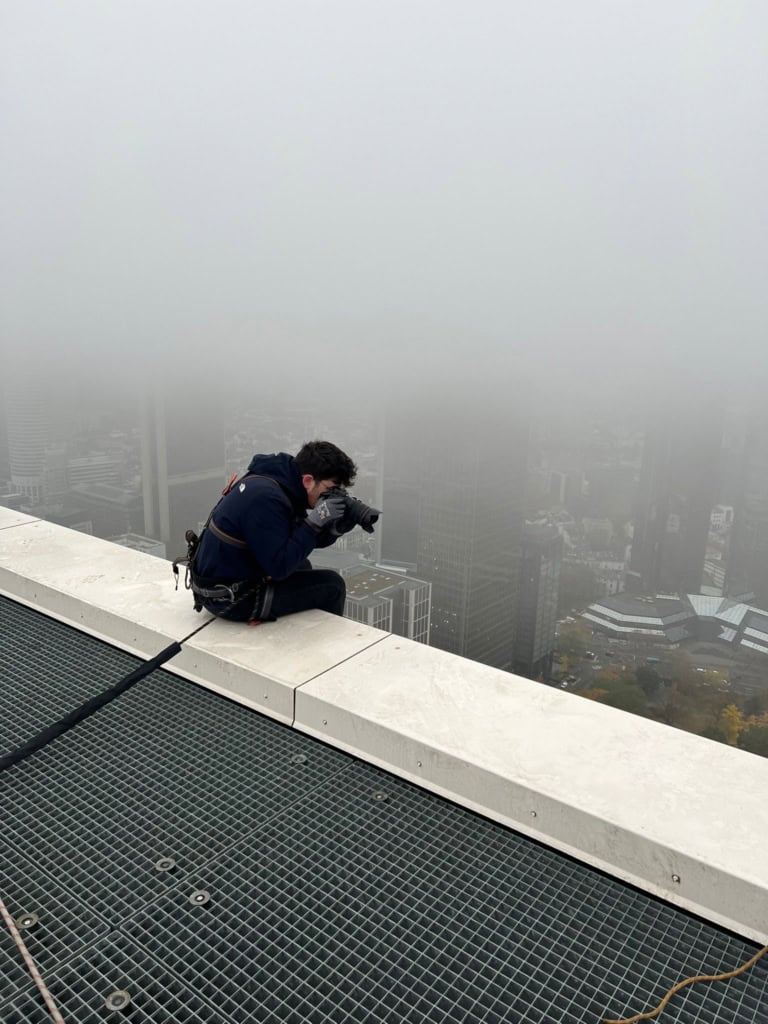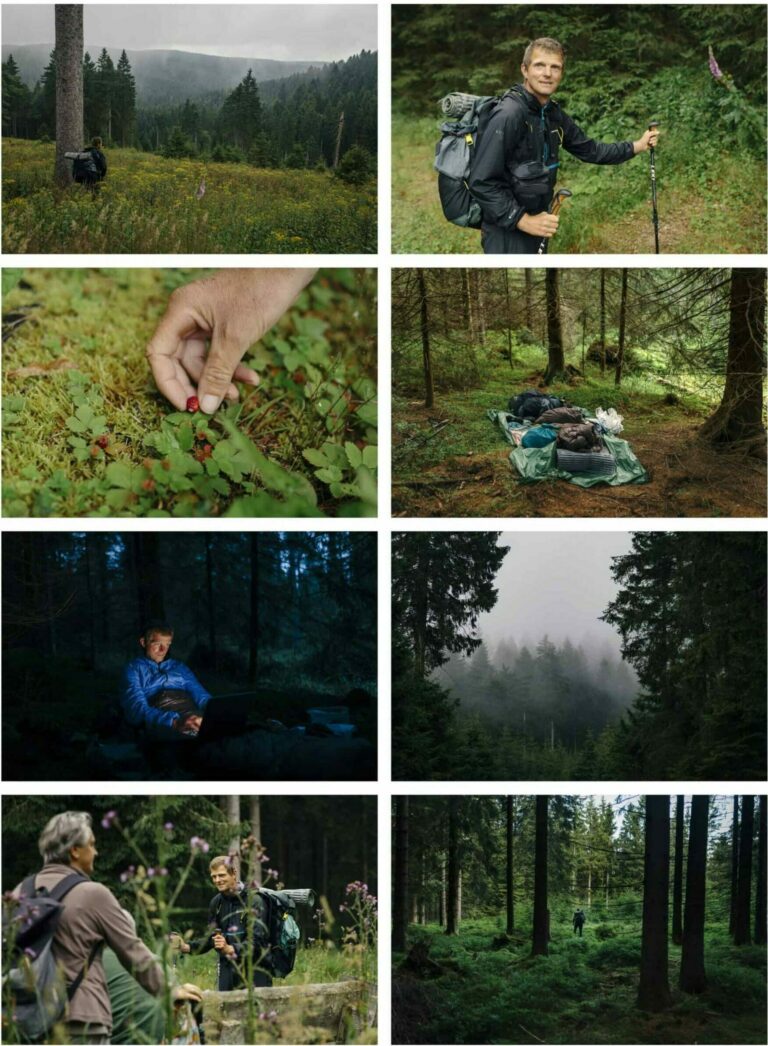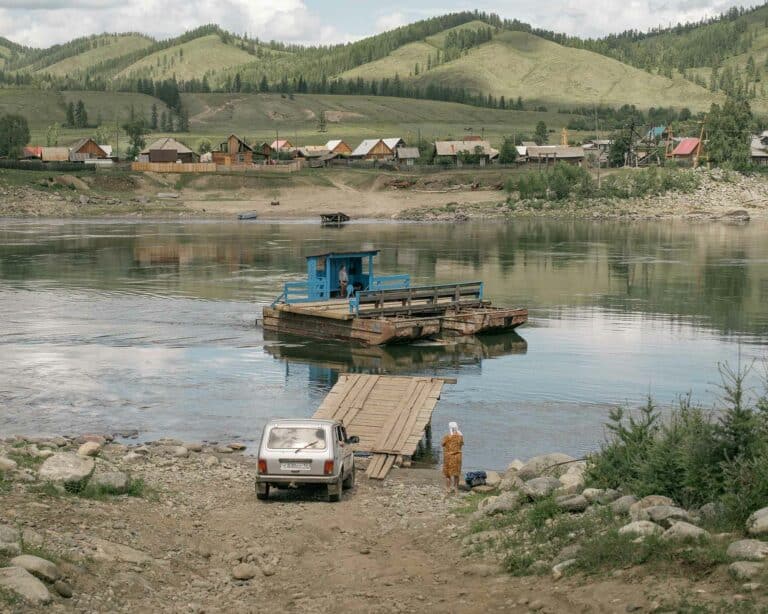What’s left of photography? Exhibition of final projects from January 25 to February 05 at GAF.
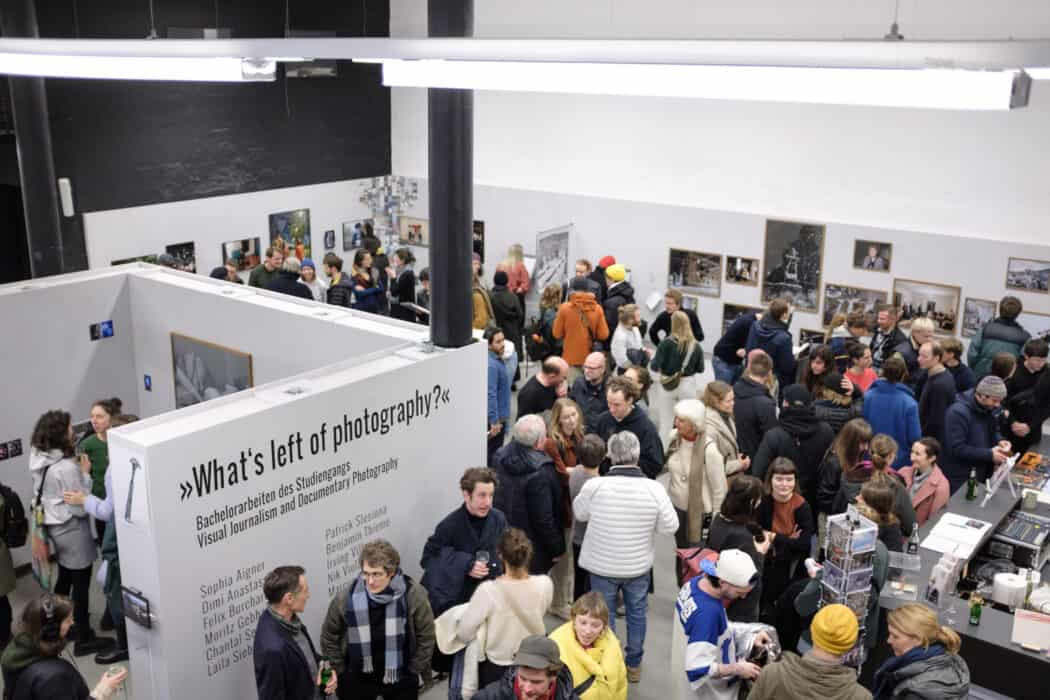 Opening of the exhibition “What's left of Photography?” on January 25, 2023. Photo: Lorenz Huter
Opening of the exhibition “What's left of Photography?” on January 25, 2023. Photo: Lorenz Huter
The final exhibition of the Visual Journalism and Documentary Photography programme deals in many works with the concept of meaningfulness and sustainability, often looking at people and their relationship to nature, sometimes reflecting on their own photographic practice and its impact on the world. What remains of the images with which we remember and conserve, ask questions and want to give answers?
As photographers, we are not just silent observers. We actively influence our environment, consciously and unconsciously creating and expanding collective archives. Every image goes in there. Be it private, artistic or applied photography. Is it these archives that remain, or the relationships that are expressed in them? Relationships from the photographer to the world, from the image to the image-maker, and ultimately from the image to the world.
We examine the relationships and boundaries in shared togetherness, in quiet social interstices, as well as in spaces of change and great unfreedom. In doing so, we ask ourselves which photographs are relevant and what value they have for us and others. We look at a world whose questions are countless. Questions that face the answers just as countless. Yet, photography is central to our view of these conditions; our way of examining these questions. We have learned to express ourselves in it and to represent our view of the world with it.
The exhibition opens on January 25, 2023 at 7pm at GAF Gallery of Photography.
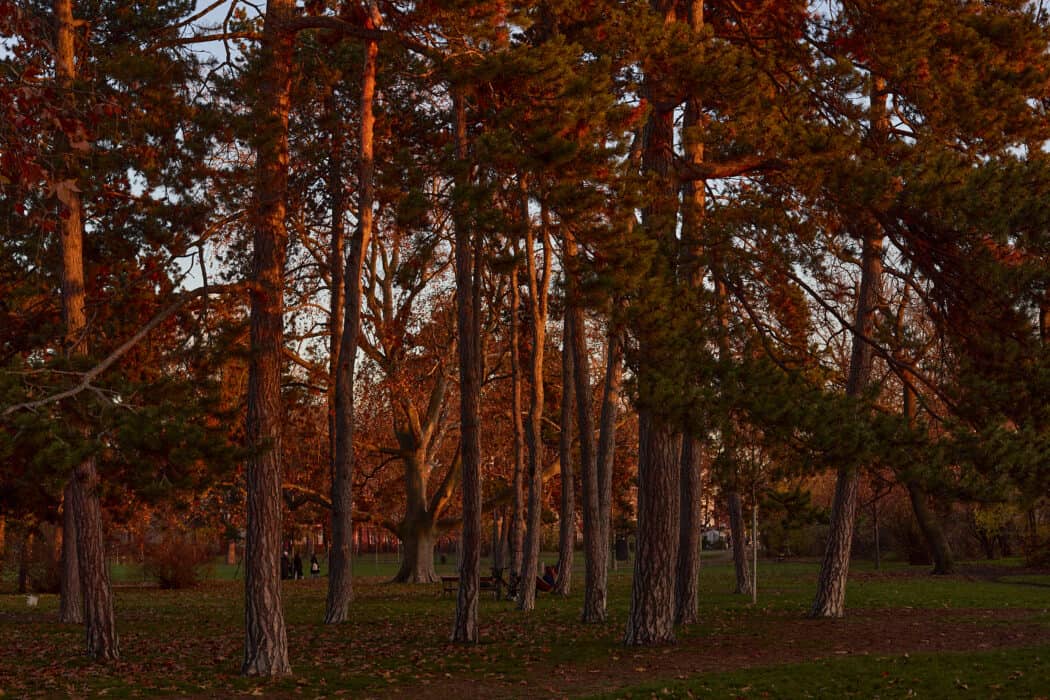 Photo: Sophia Aigner
Photo: Sophia Aigner
Sophia Aigner (1993) interned at the OSTKREUZ agency during her studies. She has since returned to her hometown of Vienna. There she works as a freelance photographer.
Her work “Gemma Park” is about urban green oases, natural parks on the edge of the Vienna Woods and on the oxbow lakes of the Danube. The project deals with the versatility of these places and focuses on Vienna’s parks as living spaces. The photographer would like to invite the visitors of the exhibition to sit down “on the bench”, look at the photos and listen to the sounds of the parks.
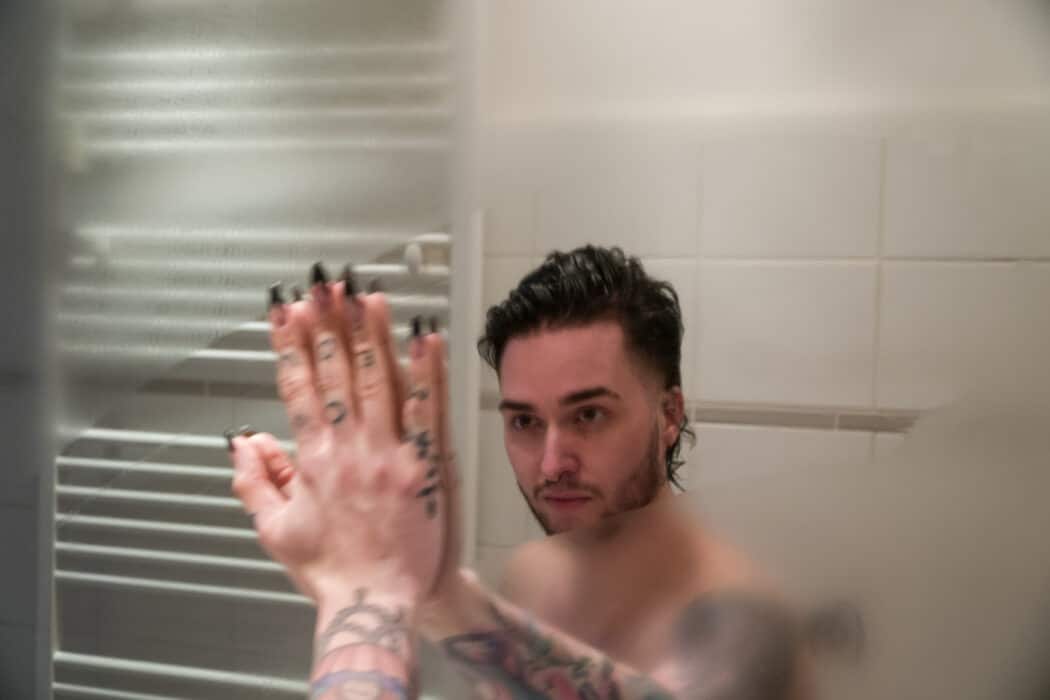 Photo: Dimi Anastassakis
Photo: Dimi Anastassakis
Dimi Anastassakis (1979) worked in gastronomy, in his parents’ hairdressing business, and as a photographer before studying at Hochschule Hannover – University of Applied Sciences and Arts.
His work is about the LGBTIQ community in Germany. For millions of people living in 21st-century Germany, going into public space is again turning into a test of courage. Germany is the frontrunner in a European comparison of the level of discrimination and violent attacks against people of the LGBTIQ community. The photographic insight into the life of an LGBTIQ person is a mosaic of enlightenment.
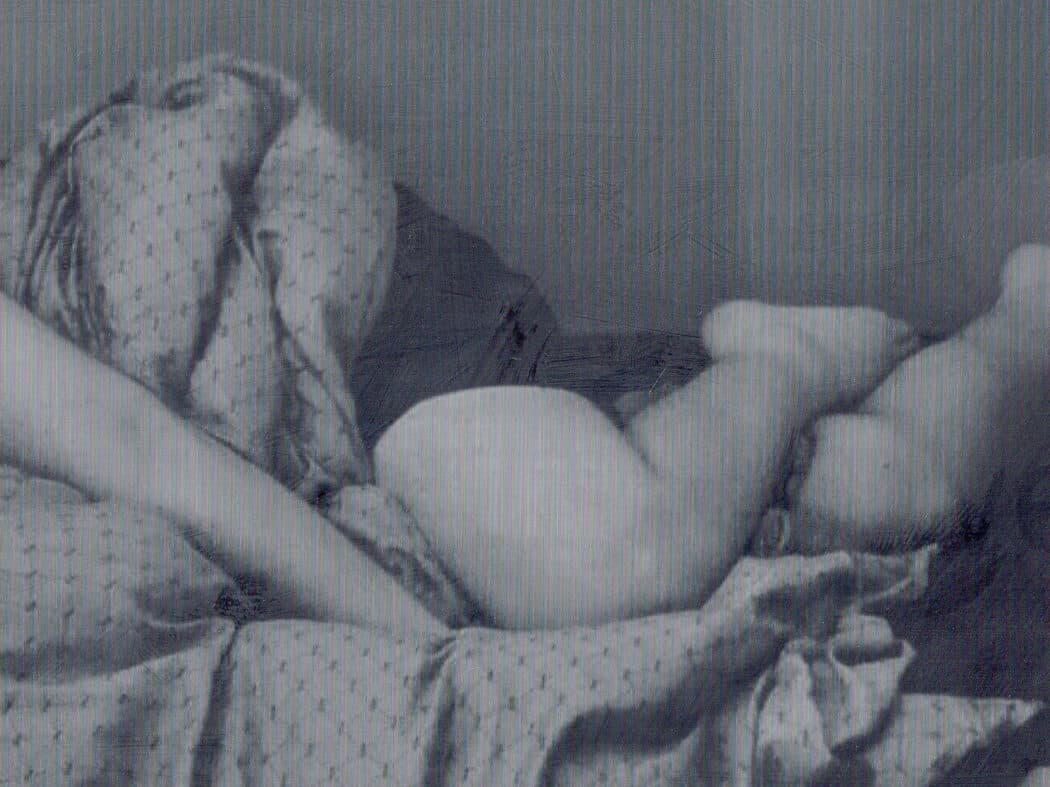 Photo: Felix Burchardt
Photo: Felix Burchardt
Felix Burchardt (1990) participated in exhibitions, photo screenings and discussions at Goethe Exil during his studies in Hannover. He later worked in the picture department of ZEIT-Online.
His final project is entitled “Looking for Language”. He writes, “They exhaust their materiality and quietly flow through all living spaces. They are everywhere and always there. Wolfgang Tillmans referred to the ‘terror of images.’ They are subject to the self-devouring logic of capitalism. What’s left? Where are the spaces for meaningful language? Images, both analogue and digital, are in motion and constant exchange with data sets and are looking for meaning. ‘Looking for Language’ shows a space full of notes, thoughts, and what seems important to me.”
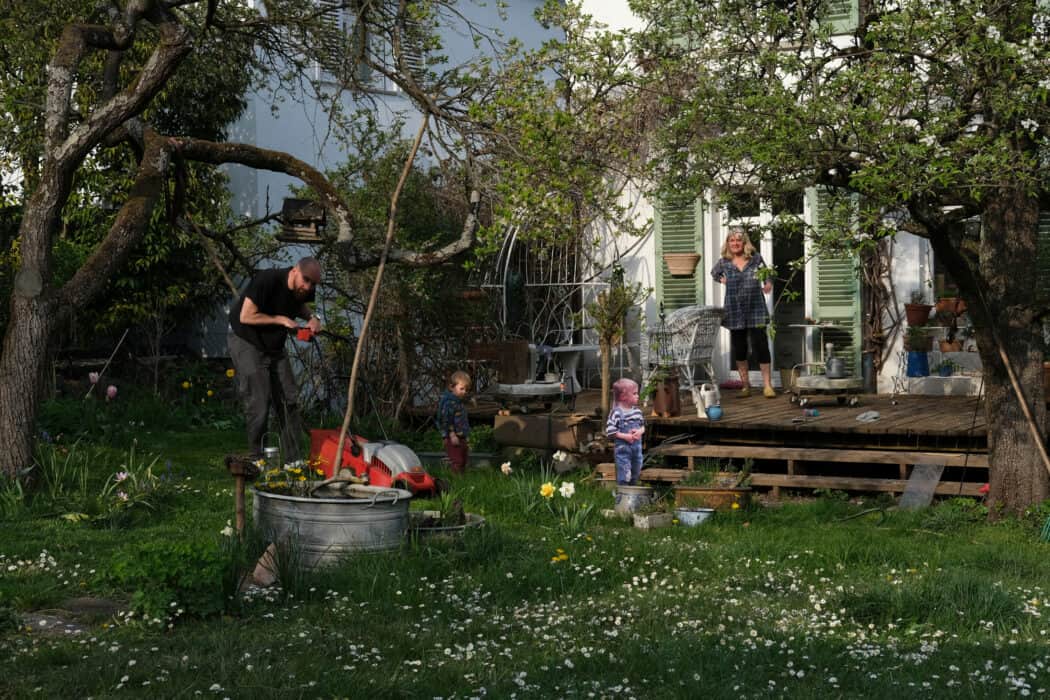 Photo: Moritz Gebhardt
Photo: Moritz Gebhardt
Moritz Gebhardt (1990) completed a degree in computer science before studying photojournalism in Hannover, Dhaka, and The Hague. Today he works as a freelance photographer in Berlin.
In a small suburb, photographer Moritz Gebhardt mows his lawn. Carefully, he drives around the blooming flowers. His two children are playing in the garden in front of the family home, and grandma is watching. It is an idyll, a learned ideal, a burden, and an illusion because something disturbs the scene. The supposed reality crumbles, and suddenly the viewers find themselves in a spectacle because one of the children is the photographer himself.
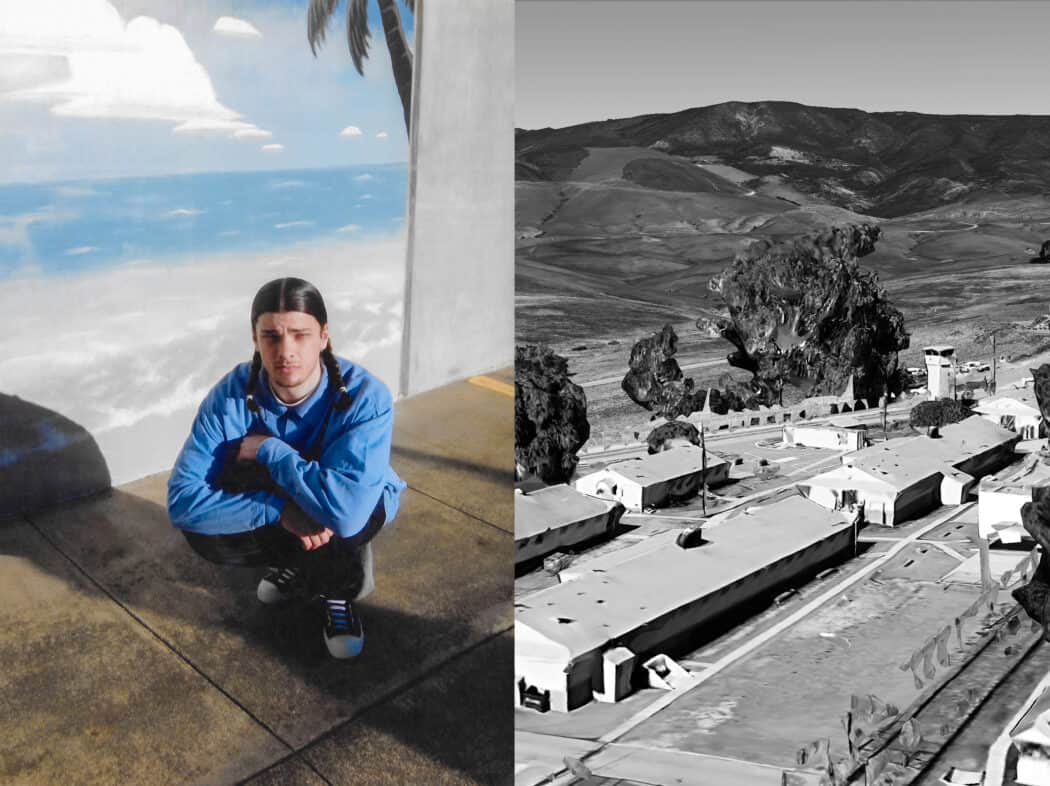 Photos: Chantal Seitz
Photos: Chantal Seitz
Chantal Seitz (1993) trained as a photographer before studying photojournalism in Hannover. Today she lives in Berlin and works as a photo editor, among others, for the crime magazine “ZEIT Verbrechen”.
In October 2021, Chantal Seitz sent a letter to Collin Davis, her partner’s brother, who has been in prison in California for 17 years. She opened up a months-long dialogue with Collin, engaging him to share his wishes for the pictures she would send. Getting him behind the camera from a distance was not only an artistic approach to a family member and his story. It was also an attempt to break down the separation between prison and the outside world that Collin has experienced for half his life. The exchange between Chantal and Collin shows how the prison system determines who can see what and how. At the same time, it is a means of giving Collin back some power. The result is the bachelor thesis “Stay safe out there”.
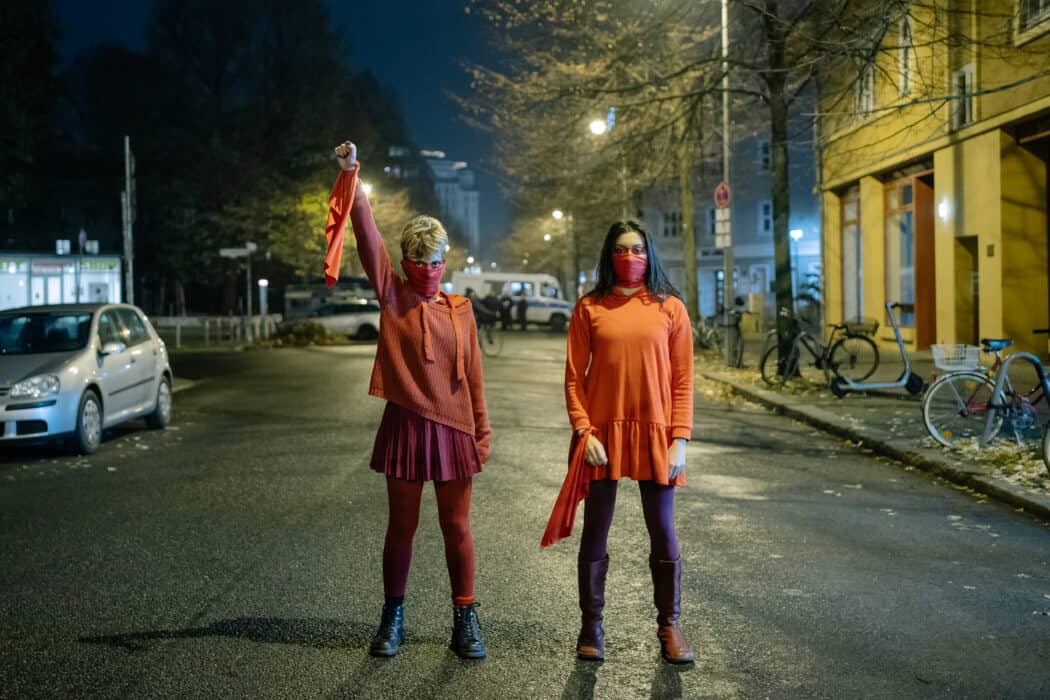 Photo: Laila Sieber
Photo: Laila Sieber
Laila Sieber (1989) studied in Stuttgart, Hannover, and Ghent. In addition to her freelance projects, she works as a freelance photojournalist for various newspapers and magazines.
Since the beginning of the feminist revolution in Iran, the Iranian diaspora has also found itself in a state of emergency. Especially the generation born after the founding year of the Islamic Republic in 1979 and raised under the dictatorship has close ties to their homeland. In Berlin, they have come together in newly formed collectives, drawing attention to the situation in social media and organizing performances and demonstrations. They share the pain, the sorrow, and the hope. Loudly they shout, “Jin, Jiyan, Azadî!”, “Woman, life, freedom!” Their personal experiences of this time of resistance contribute to collective memory. They not only reveal a variety of relations of oppression but also show ways of freeing oneself from them.
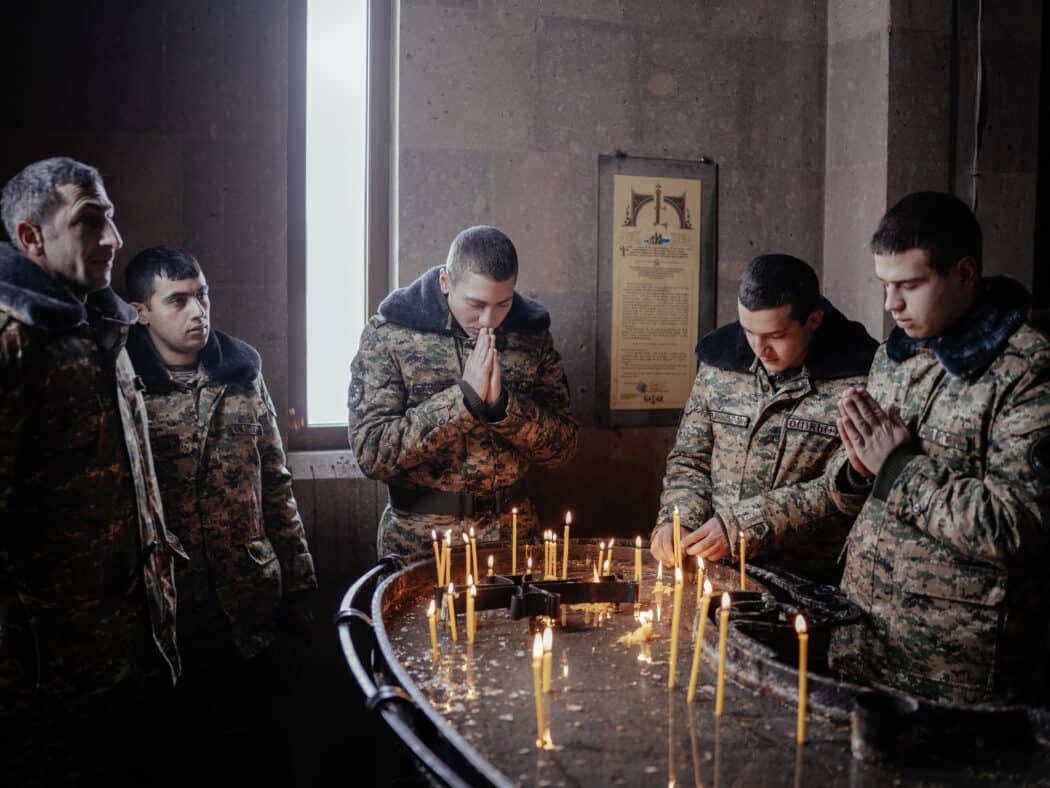 Armenia, Jermuk, 03.12.22: Soldiers light candles and pray during Sunday service at St. Gayane Church. Photo: Patrick Slesiona
Armenia, Jermuk, 03.12.22: Soldiers light candles and pray during Sunday service at St. Gayane Church. Photo: Patrick Slesiona
Patrick Slesiona (1991) lives in Hannover and works as a freelance photojournalist for the F.A.Z., Die ZEIT and Der SPIEGEL, among others.
In his reportage “Armenia’s Struggle in the Nagorno-Karabakh War”, he reports on a little-noticed war of aggression in the Caucasus: at the same time as Russia’s army suffers its heaviest defeat in eastern Ukraine, Azerbaijan launches massive attacks on Armenia’s territory on the night of September 13, 2023, shelling Armenian towns and villages with artillery and drones. In 2020, as the world headed into its first Corona Autumn, a new war broke out in the disputed region of Nagorno-Karabakh. But until that night, no one in the southern Armenian resort town of Yarmuk had expected the conflict to reach Armenian territory. Since then, Russia, the United States and the European Union have struggled to mediate. But in light of a gas deal, E.U. Commission President Ursula von der Leyen calls Azerbaijan a “trusting partner.” Many in Armenia feel left alone by the international community. Azerbaijani troops are reportedly still patrolling in the mountains, just five kilometres from the centre of Yarmuk. Armenia is fighting for survival. Nevertheless, hardly any people want to give up and move away.
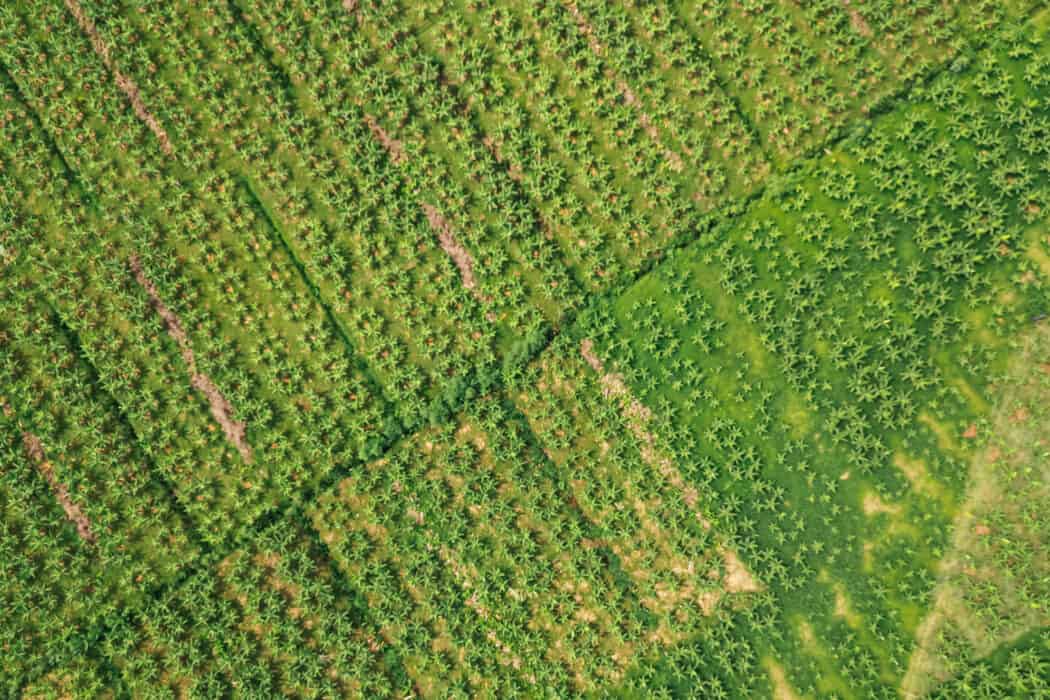 Photo: Benjamin Thieme
Photo: Benjamin Thieme
Benjamin Thieme (1994) lived in Latin America before studying photojournalism. Time and again, he works on this part of the world, focusing on environmental issues.
For his bachelor thesis, the photographer travelled to Costa Rica, which uses more pesticides than any other country. 34.45 kilograms are distributed per hectare per year in the country. Twenty of these are among the most dangerous in the world, and many are banned in Germany because they have been linked to cancer and other diseases. Most pesticides are used on plantations for export products: Pineapple, bananas, coffee, and palm oil. Pesticides are often sprayed over large areas by aeroplanes and helicopters. Parts of the chemicals keep getting into residential areas, schools, and rivers.
 Photo: Niklas Viola
Photo: Niklas Viola
Niklas Viola (1993) has been studying Visual Journalism and Documentary Photography at the University of Applied Sciences and Arts in Hannover since 2017. In his photography, he is mainly interested in questions about the social uses of photography.
In his bachelor’s thesis, “Canonical Photography,” the photographer asks, “What is a good picture, and why is it a good one?” A simple question, yet central to any photographic action. The question of the right image. What life path does a photograph take, and what effect does it create in the world? What markers have we found to label and award such photographs as “Good”?
They hang in museums, on canvases and on exhibition banners, and we run them on smartphones. We encounter them everywhere, yet the question still needs to be more solvable. Between the floods of images, they float to the top. But how contradictory is a good picture, and how much of it is predetermined before the image is created?
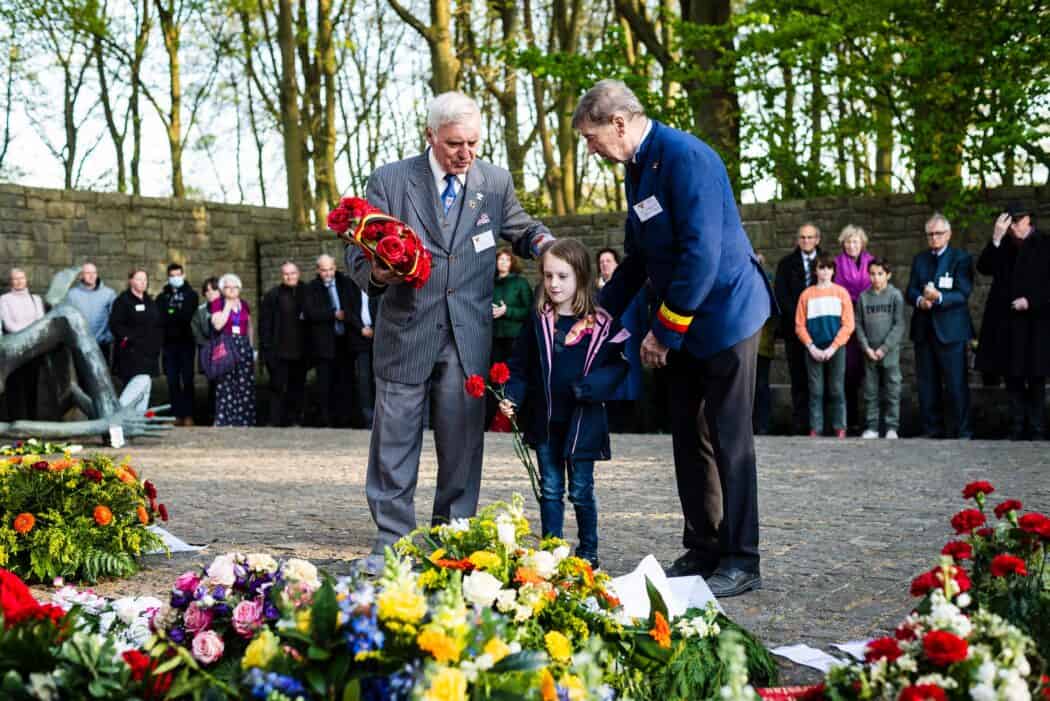 Photo: Marcus Wiechmann
Photo: Marcus Wiechmann
Marcus Wiechmann completed an apprenticeship as an advertising technician before studying at Hochschule Hannover. In addition to spending semesters abroad in Istanbul and Dhaka, he also interned at the photo group DARST Projects and SPIEGEL.
After 1945, National Socialism was only hesitantly re-examined and researched in the Federal Republic. Marcus Wiechmann has called his project “What was, will remain.” He describes how the atrocities of National Socialism are still actively remembered in Bremen and Hamburg today. Portraits of committed people show current issues, conflicts, and discussions. Moreover, places and events, like war grave sites, days of remembrance, and vigils, are shown where people remember and reappraise what happened.
Irving Villegas was born in Mexico in 1982 and worked there as a photographer before coming to Hanover in 2011. His work has been published in various media such as the New York Times, The Guardian, Der SPIEGEL or 6 mois.
Irving Villegas’ final project is titled “Inside.” The photographer explores the relationship between the artist and his/her working space. For many artists, the studio is almost like their home: ideas are born, transformed into material, form and colour, into something concrete. It is a space of inspiration. Here, in meticulous detail work, something new is continually created, cursed, created, and discarded. Studios in unusual places include a butcher’s shop, old industrial halls, and a former elementary school. Irving Villegas works with interviews to supplement his work. This gives a new perspective on the work, its stories, and the artist’s relationship with his/her studio.
Exhibition opening: January 25 at 7 pm
Opening hours: Monday – Sunday 12-20 h
Location:
GAF Gallery For Photography Hanover
Roper Street 15D,
30171 Hanover
Exhibiting photographers:
Sophia Aigner – Gemma Park
Dimi Anastassakis – LGBTIQ Community in Germany
Felix Burchardt – Looking for Language
Moritz Gebhardt – Softlink
Chantal Seitz – Stay safe out here
Laila Sieber – Jin* Jiyan Azadî | Diaspora Of a Revolution
Patrick Slesiona – Armenia – a country puts itself in position
Benjamin Thieme – Pesticides in Costa Rica
Irving Villegas – Inside.
Nik Viola – Canonical Photography
Marcus Wiechmann – What was will remain
Your contact partners will be happy to assist you with your personal concerns. However, due to the large number of enquiries, we ask you to first check our FAQ to see if your question may already have been answered.
Dean of Studies, Design and Media department
Programme representative
Application and admission procedure
Hochschule Hannover
Faculty III – Media, Information and Design
Expo Plaza 2
D-30539 Hanover
Your contact partners will be happy to assist you with your personal concerns. However, due to the large number of enquiries, we ask you to first check our FAQ to see if your question may already have been answered.
Dean of Studies, Design and Media department
Programme representative
Application and admission procedure
Hochschule Hannover
Faculty III – Media, Information and Design
Expo Plaza 2
D-30539 Hanover
